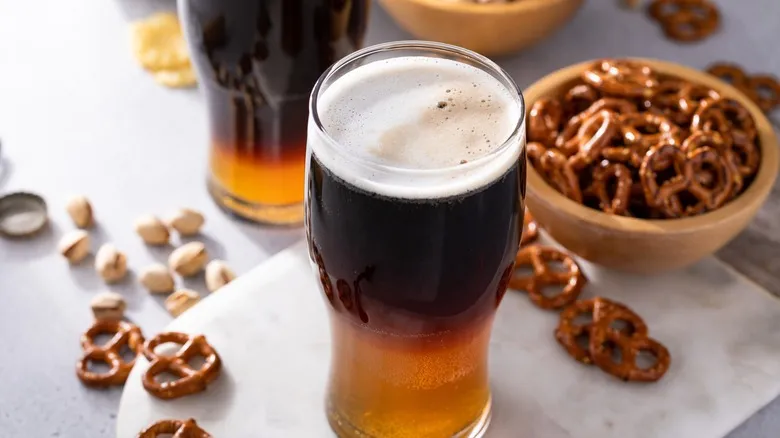Does heavy mean high quality?

Some individuals propose that a heavier wine bottle indicates superior quality, which could explain why champagnes and sparkling wines are often packaged in thicker glass bottles. However, this notion is challenging to evaluate. A study from ScienceDirect indicated that consumers tend to associate heavier bottles with higher-quality wines. Furthermore, some winemakers might recognize this perception and choose heavier bottles to enhance the perceived elegance of their wine. In essence, there may be a bias in perception that complicates the assessment of whether a wine in a heavy bottle is genuinely better than a more affordable champagne, or if consumers merely believe it to be so.
In general, the answer is no: Champagne and other wines are not placed in heavy bottles solely for the sake of sophistication (though they may benefit from the common belief that heavier equals fancier). This belief may also persist because heavier bottles contribute to a wine's higher price: they require more glass and incur greater transportation costs, leading to increased prices for consumers.
Lighter champagne bottles may appear in the near future

The trend may be shifting towards lighter bottles in the wine industry, as some winemakers are experimenting with using less heavy containers for their products. This approach not only lowers costs but also decreases the carbon footprint of the wine by utilizing fewer resources, whether in glass manufacturing or the energy needed to transport heavy bottles.
However, champagne producers face greater challenges in this regard, as they require thicker glass to prevent their product from unexpectedly bursting. Nevertheless, change is feasible. The French company Champagne Telmont has partnered with glass manufacturer Verallia to develop a lighter champagne bottle. They first reduced the bottle weight from 2 pounds to 1.8 pounds in 2013, and by early 2023, they managed to cut an additional 1.2 ounces. While this may seem minor, this second reduction alone could lower a champagne bottle's carbon emissions by approximately 4%. Although champagne bottles are currently quite heavy, this is likely to change in the near future.
Recommended

The Biggest Myth About Keeping Champagne Bubbly

How To Pour The Perfect Black And Tan Beer Cocktail

The Ice Bucket Mistake To Avoid While Chilling Wine

Keep Champagne Fizzy For Up To 2 Weeks With A Special Stopper
Next up

